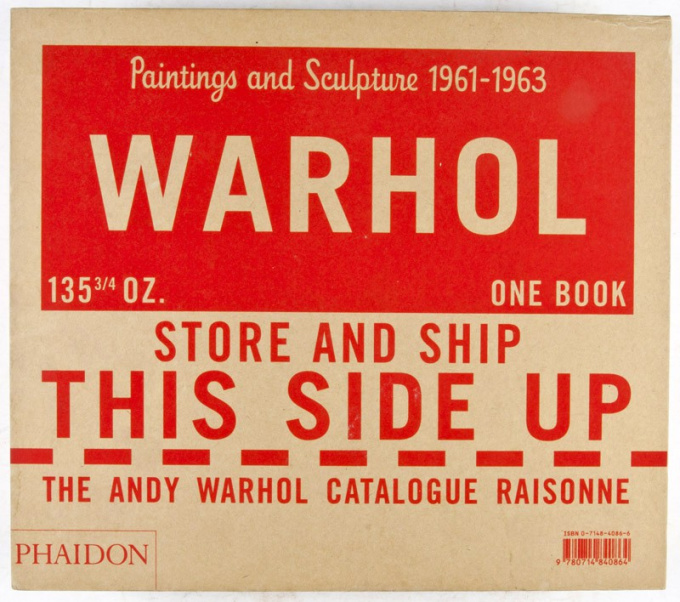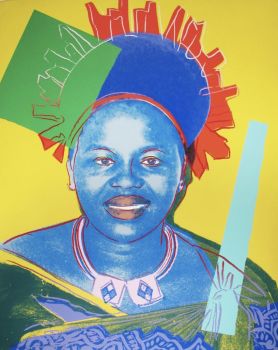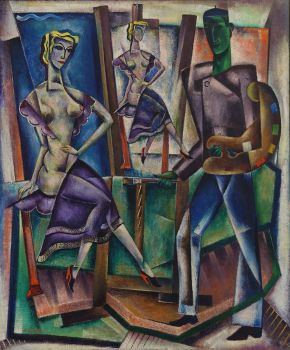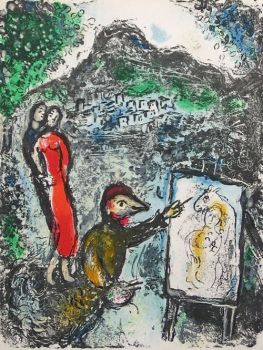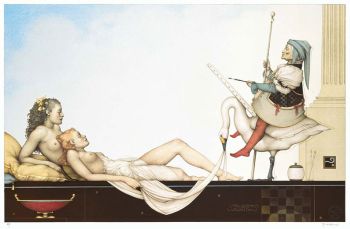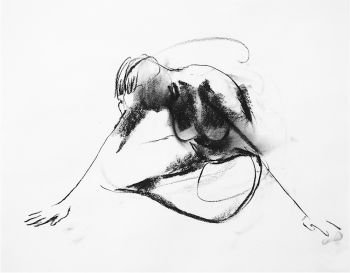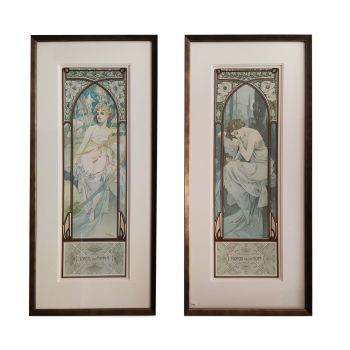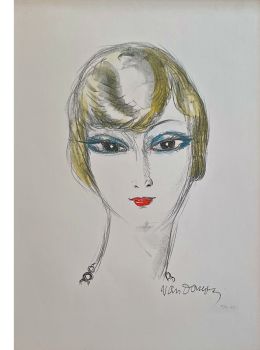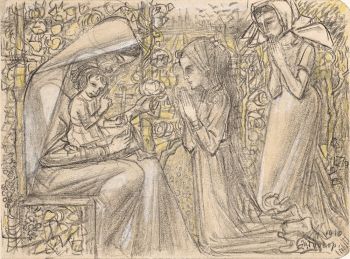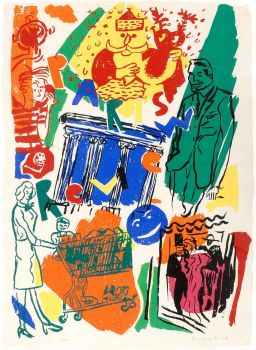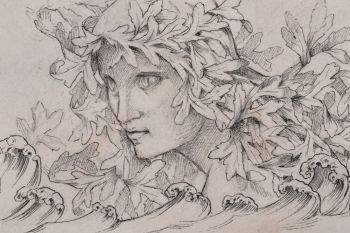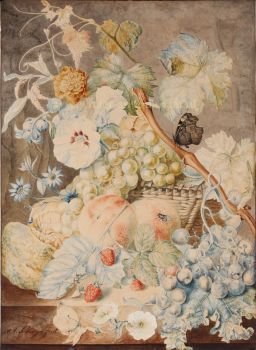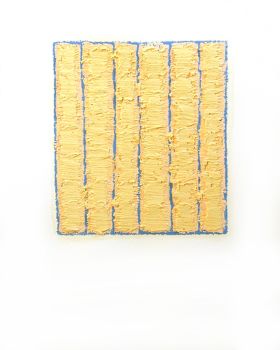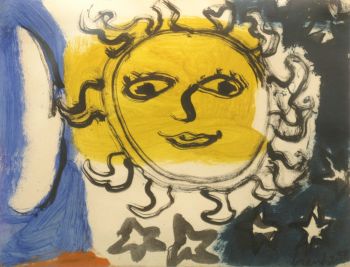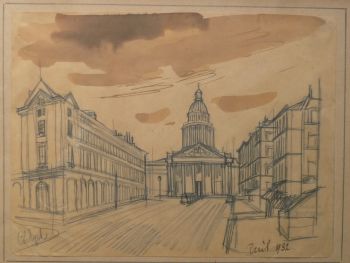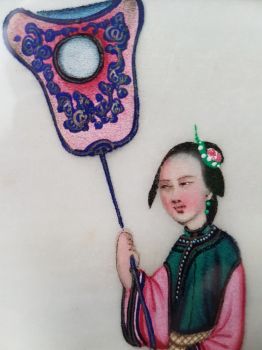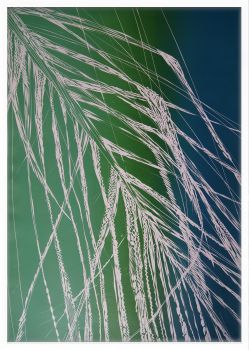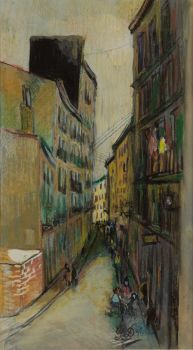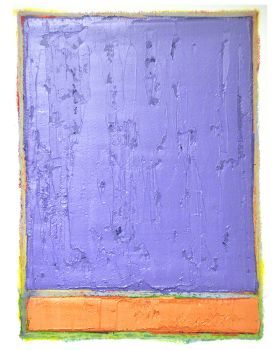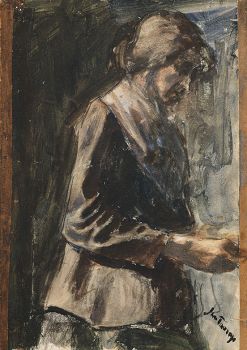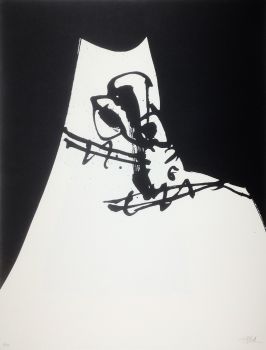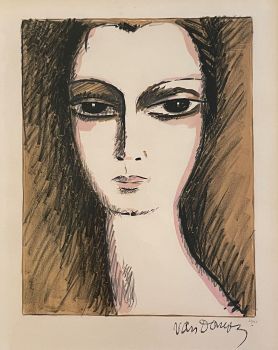Andy Warhol. Catalogue Raisonné. Paintings and Sculptures 1961-1963. Volume 1 2002
Andy Warhol
Papel
25 ⨯ 29 cm
Actualmente no disponible a través de Gallerease
Scriptum Art Books
- Sobre la obra de arteWARHOL - Frei, George & Thomas Printz; March 2002, (29 x 25 cm), 512 pp. English text, 696 colour ills., 131 b/w. ills., hardcover in carton slipcase.
Andy Warhol (1928-1987) is one of the most iconic figures of twentieth-century art, a highly enigmatic personality who not only altered the definition of art but also left in his wake a vast and staggeringly complex record of his daily activities. The Andy Warhol Catalogue Raisonné, the definitive record of the artist's paintings, sculptures and drawings, cover some 15,000 works produced by Warhol between 1948 and 1987. Also included is an incredible array of rarely published source material, including newspaper scraps and movie star publicity stills that inspired Warhol's boundlessly fascinating life and career. Andy Warhol Catalogue Raisonné was initiated in 1977 by Thomas Ammann. The editors Georg Frei and Neil Printz began primary research in 1993 and have been advised throughout the project by the distinguished curators and art historians Kynaston McShine and Robert Rosenblum. Experts from the Andy Warhol Foundation personally examined the vast majority of Warhol's works and began a thorough review of his archive, which at his death consisted of some 1,500 cardboard boxes, flat files, and trunks filled with source material, memorabilia, correspondence and junk mail. The editors examined works in museum conservation facilities and discussed them with conservators, submitted works for review by the Andy Warhol Art Authentication Board, and interviewed Warhol's assistants and colleagues to assemble a customized database of works unparalleled in Warhol scholarship. All of their findings are documented in this unprecendented project. Each annotated catalogue entry includes the works title, date, medium, dimensions and present owner, followed by a record of inscriptions, provenance, exhibitions and literature. Related works are linked by general introductory texts that explore historical circumstances, shared themes and studio practices. Supplementary figures to the texts illustrate source materials that Warhol appropriated for his works: newspaper articles and advertisements, soup cans and publicity stills, as well as related drawings, works by other artists, and studio and exhibition views. Volume 1 includes classic and much-prized Warhols such as the Campbell Soup paintings, images of the iconic figures of Marilyn, Liz and Elvis, and early self-portraits. - Sobre el artista
Andy Warhol nació como Andrew Warhola el 6 de agosto de 1928 en Pittsburgh. Recibió su B.F.A. del Carnegie Institute of Technology, Pittsburgh, en 1949. Ese mismo año, se mudó a Nueva York, donde pronto tuvo éxito como artista comercial e ilustrador. Durante la década de 1950, los dibujos de Warhol se publicaron en Glamour y otras revistas y se exhibieron en los grandes almacenes. Se hizo conocido por sus ilustraciones de zapatos I. Miller. En 1952, la Hugo Gallery de Nueva York presentó una muestra de ilustraciones de Warhol para los escritos de Truman Capote. Viajó por Europa y Asia en 1956. A principios de la década de 1960, Warhol comenzó a pintar personajes de historietas e imágenes derivadas de anuncios; este trabajo se caracterizó por la repetición de temas banales como botellas de Coca-Cola y latas de sopa. También pintó celebridades en este momento. La nueva pintura de Warhol se exhibió por primera vez en 1962, inicialmente en la Ferus Gallery, Los Ángeles, luego en una exposición individual en la Stable Gallery, Nueva York. En 1963, había sustituido la pintura a mano por un proceso de serigrafía. Trabajando con asistentes, produjo una serie de desastres, flores, vacas y retratos, así como cajas Brillo tridimensionales de facsímil y cartones de otros productos domésticos bien conocidos. A mediados de la década de 1960, en The Factory, su estudio de Nueva York, Warhol se concentró en hacer películas marcadas por la repetición y el énfasis en el aburrimiento. A principios de la década de 1970, comenzó a pintar nuevamente, volviendo a la pincelada gestual, y produjo retratos monumentales de Mao Tse-tung, retratos por encargo y la serie Hammer and Sickle. También se interesó por la escritura: su autobiografía, The Philosophy of Andy Warhol (From A to B and Back Again), se publicó en 1975, y The Factory publicó la revista Interview. Una gran retrospectiva de la obra de Warhol organizada por el Museo de Arte de Pasadena en 1970 viajó por los Estados Unidos y el extranjero. Warhol murió el 22 de febrero de 1987 en Nueva York.
¿Está interesado en comprar esta obra de arte?
Artwork details
Related artworks
- 1 - 1 / 1
Hermann Nitsch
"UNDER MY SKIN" Signed book incl. small artwork and DVD in a matching box2010 - 2014
Precio a consultarGallerease Selected
Yoko Ono
YOKO ONO: "ARISING" SIGNED BOOK PLUS SMALL ARTWORK 2010 - 2014
Precio a consultarGallerease Selected
Hermann Nitsch
"UNDER MY SKIN" Signed book incl. small artwork and DVD in a matching box2010 - 2014
Precio a consultarGallerease Selected
Tilmanus Nicolaus Maastricht
Missale Romanum con monturas de plata holandesas1788 - 1792
Precio a consultarJacob J. Roosjen SRI
Antonie Derkinderen
Memory book Exhibition of Dutch Painting1892
Precio a consultarKunsthandel Pygmalion
1 - 4 / 22Marc Chagall
Devant Saint-Jeannet - Near Saint-Jeannet1972
Precio a consultarHans den Hollander Prints
1 - 4 / 7Rene Rietmeyer
"PORTRAIT OF YAYOI KUSAMA JUNE 1999"1999
Precio a consultarEuropean Cultural Centre Collection
Rene Rietmeyer
TOKYO - Kudan House - January 2021 #032021
Precio a consultarEuropean Cultural Centre Collection
1 - 4 / 24

